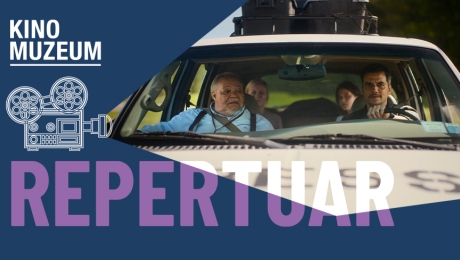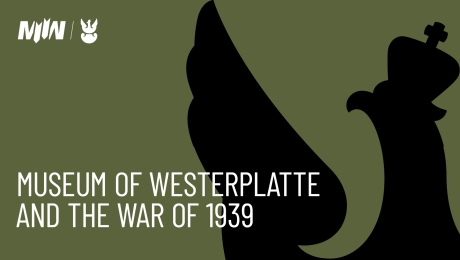The road to war
The first narrative bloc, entitled: The road to war, is devoted to the origins of the conflict.
It focuses on depicting the powers that sought to destroy the order established by the Treaty of Versailles, i.e., Nazism, Italian Fascism, Communism, and Japanese imperialism. They brutalized politics and shaped mentalities, paving the way for war.
The exhibition shows the territorial expansions of the totalitarian regimes, particularly Hitler’s consecutive triumphs made possible by the passivity of the Western democracies. There are clear signs that both Nazism and Communism aimed to annihilate both their real and imagined enemies – entire social groups, nations and races. Also here, we can see that these ambitions led the totalitarian regimes to work hand in hand not only when their ideologies were similar, as was the case with Fascism and Nazism, but also when they declared hostility towards each other. Information about the Italian-German intervention in the Spanish Civil War and the emergence of the Axis alliance appears alongside the Ribbentrop-Molotov pact and its consequences, most importantly their new partition of Poland.
The first exhibition bloc concludes with a broad overview of Germany’s and the Soviet Union’s aggression against Poland in September 1939, which clearly heralded the lawlessness of the Second World War. It is here that we see German crimes against Polish and Jewish civilians, the murders of prisoners of war and of defenceless refugees, as well as ruthless bombardments of cities, of Warsaw in particular. The story of ‘September 1939’ marks the transition to the second thematic bloc, "The horrors of war".











